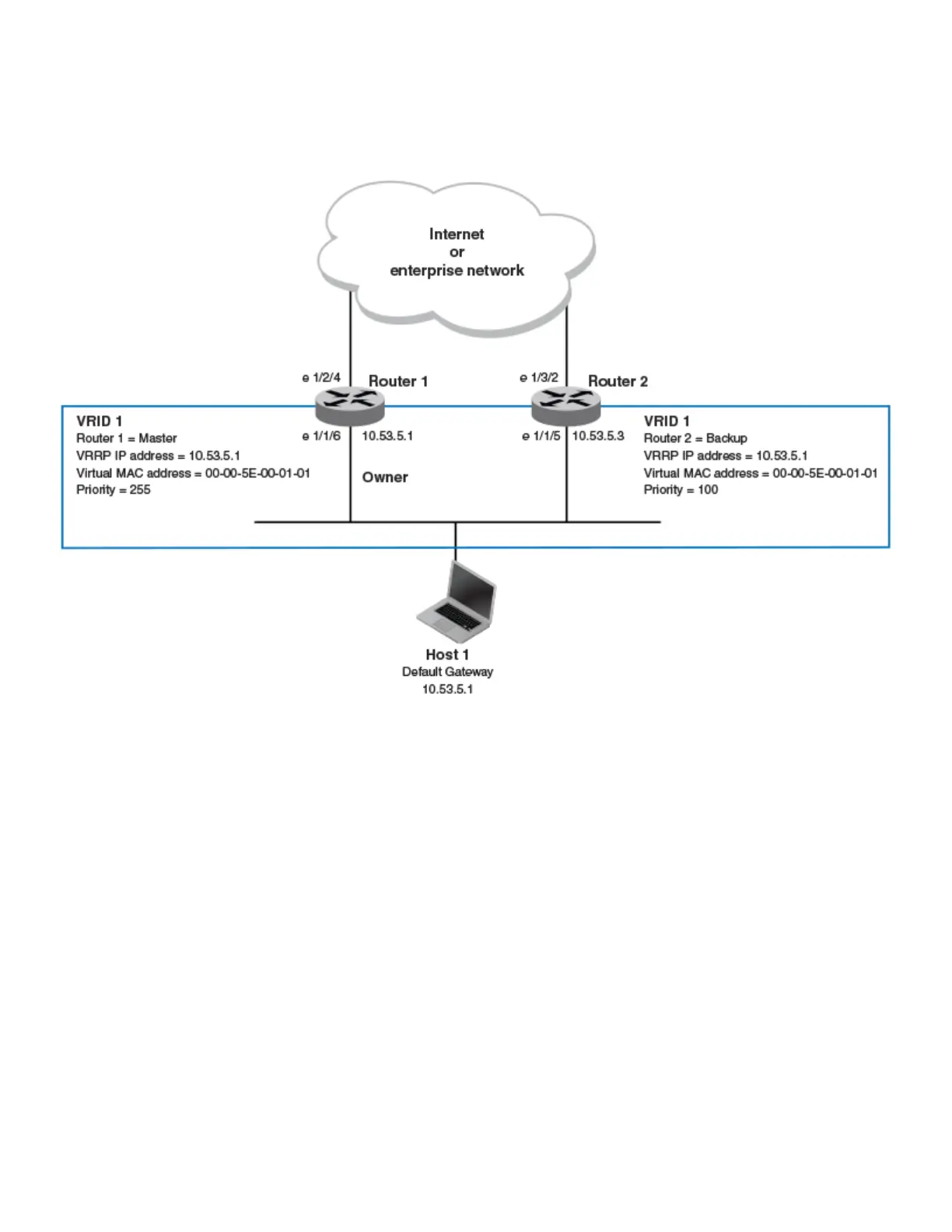FIGURE 35 Router 1 and Router 2 congured as VRRP virtual routers for redundant network access for Host1
The dashed box represents a VRRP virtual router. When you congure a virtual router, one of the conguration parameters is the virtual
router ID (VRID), which can be a number from 1 through 255. In this example, the VRID is 1.
NOTE
You can provide more redundancy by also conguring a second VRID with Router 2 as the Owner and Router 1 as the Backup.
This type of conguration is sometimes called Multigroup VRRP.
Virtual router ID
A virtual router ID ( VRID) consists of one Master router and one or more Backup routers. The Master router is the router that owns the IP
addresses you associate with the VRID. For this reason, the Master router is sometimes called the "Owner". Congure the VRID on the
router that owns the default gateway interface. The other router in the VRID does not own the IP addresses associated with the VRID but
provides the backup path if the Master router becomes unavailable.
Virtual router MAC address
Notice the MAC address associated with VRID1 in VRRP overview on page 507. The
rst ve octets of the address are the standard
MAC prex for VRRP packets, as described in RFC 2338. The last octet is the VRID. The VRID number becomes the nal octet in the
virtual MAC address associated with the virtual router.
VRRP and VRRP-E overview
FastIron Ethernet Switch Layer 3 Routing
53-1003627-04 509

